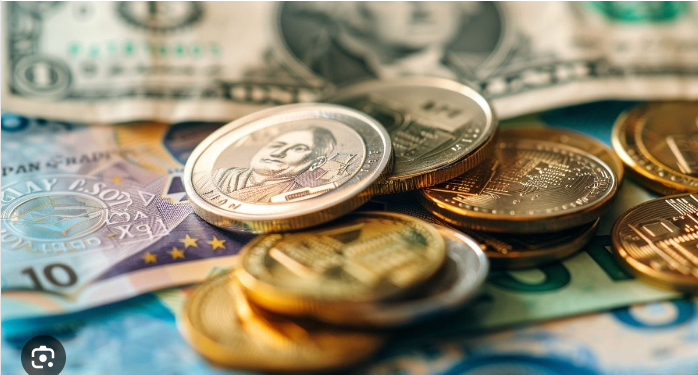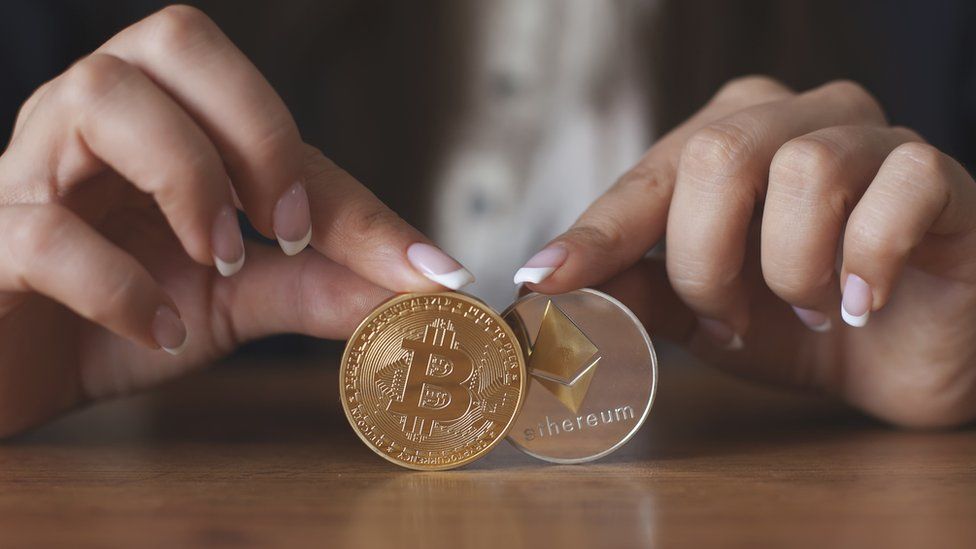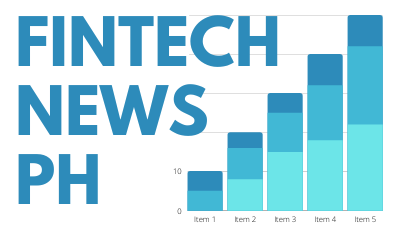$PUSO, a community-driven decentralized stablecoin, has just been introduced by the Celo Philippines DAO in partnership with digital assets platform Mento Labs, marking a significant leap towards advancing blockchain technology and financial inclusion in the Philippines.
Pegged to the Philippine Peso, $PUSO aims to revolutionize how Filipinos interact with digital currencies by reducing transaction fees, enabling efficient remittances, and fostering local blockchain innovation.

$PUSO’s significance to the growth of crypto in PH
Named after the Filipino word “puso,” meaning “heart,” $PUSO encapsulates the community-led initiative that aims to provide Filipinos with easier access to financial services through blockchain. With nearly 10 million cryptocurrency holders in the Philippines and an estimated $80 billion in cryptocurrency trading volume in 2023, the introduction of $PUSO is critical.
According to the Celo Philippines DAO, the current challenge of high exchange fees — averaging over 1.5% for transactions from Philippine Pesos to Ethereum (ETH) on licensed local exchanges — has made cryptocurrency less accessible for many.
By launching the community-driven decentralized stablecoin, the DAO and its partners hope to address these barriers, offering a more seamless and affordable entry point into the crypto and web3 ecosystems for millions of Filipinos.
“The $PUSO stablecoin will act as a universal entry point for users in the Philippines to access the web3 and crypto world,” shared Celo Philippines DAO. “We believe that a universally available $PUSO stablecoin that is integrated at the Mento broker could compress these fees, allowing greater access to financial services.”
Entities behind $PUSO
Developed by Mento Labs and governed by the Celo Philippines DAO, the stablecoin will be fully integrated with the Mento platform — a digital asset solution that simplifies trading between various digital currencies, including major stablecoins like $USDT and $USDC.

Unlike traditional exchanges, the Mento Asset Exchange allows users to trade this currency without pre-provided liquidity, a feature that promises lower fees and more flexibility for its users.
The ability to mint and burn these tokens during trades is also expected to keep the supply of the stablecoin in line with demand, ensuring price stability relative to the Philippine Peso.
Why the Philippines?
The Philippines is an ideal testing ground for $PUSO due to its massive and growing remittance market. The country is one of the largest recipients of overseas remittances, with millions of Filipinos working abroad sending money home regularly.
Traditional remittance services often involve high transaction costs and slow processing times. A decentralized stablecoin like this new coin can offer a viable alternative by reducing fees and speeding up the process through blockchain-based transfers.
Additionally, the growing interest in cryptocurrency among Filipinos — combined with the high transaction fees on centralized exchanges — positions $PUSO as a solution that could bring more Filipinos into the digital economy.
The stablecoin also removes the dependency on centralized financial institutions, offering users more control over their assets.
Adoption and future plans
One of the key metrics to watch following its launch will be its adoption in everyday transactions. While many cryptocurrencies are held primarily as investments, $PUSO’s goal is to become a practical currency for daily use. Celo Philippines DAO has outlined plans to focus on driving merchant adoption, expanding use cases, and integrating the stablecoin into both local and international exchanges.
As per Celo DAO PH, “With the launch of $PUSO, we’re shifting focus towards expanding its use cases, particularly among merchants. We’re also working to ensure its availability on key exchanges, both locally and internationally.”
The bigger picture: A decentralized future

The launch of $PUSO marks the beginning of a new chapter for decentralized finance (DeFi) in the Philippines. By leveraging the power of blockchain technology, $PUSO aims to not only democratize access to financial services but also to empower local innovation and provide an entry point for millions of Filipinos into the world of web3.
As the Philippines continues to explore ways to harness blockchain and cryptocurrency, the success of $PUSO could set a precedent for other community-driven stablecoins in the region. The next steps will be closely monitored as the Celo Philippines DAO continues to advocate for blockchain education and community engagement, laying the foundation for a more inclusive digital economy.
With the launch of $PUSO, the Celo Philippines DAO is laying the groundwork for future blockchain initiatives in the country. As they continue to push for merchant adoption and further integration into key exchanges, all eyes will be on the adoption rates of $PUSO and its potential to reshape the financial landscape in the Philippines.
Just a word of caution: In May this year, TV host Boy Abunda uncovered a series of fraudulent articles falsely claiming association with cryptocurrencies. The deceptive report suggested that Boy was taken aback by actress Max Collin’s sudden wealth surge, purportedly attributed to Bitcoin investments made during the show.
So before you invest, consider these three things: Do your research (DYOR); Invest only what you can afford to lose; and Be wary of scams. Avoid offers that seem too good to be true and make sure to always verify sources before making transactions.

